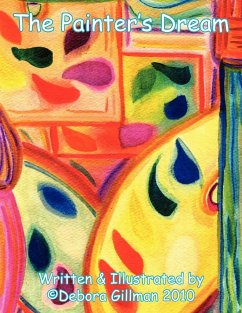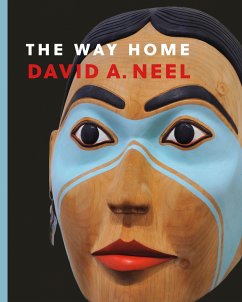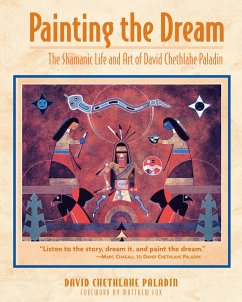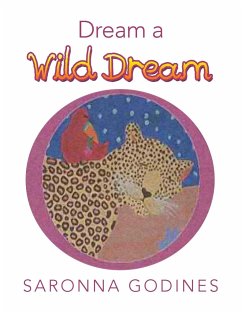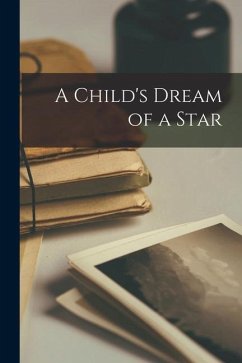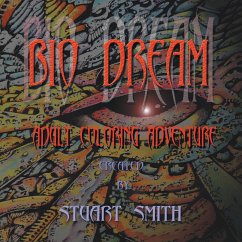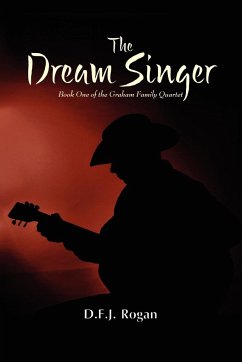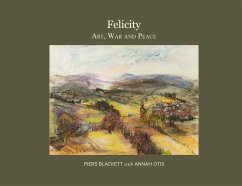Nicht lieferbar
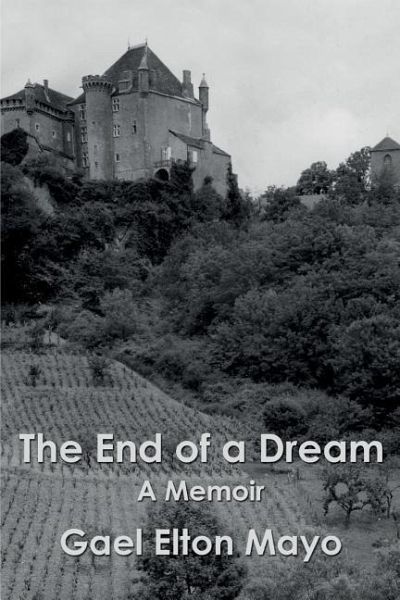
The End of a Dream
A Memoir
Versandkostenfrei!
Nicht lieferbar
PATRICK LEIGH FERMOR - Beautifully done. A marvellous subtle knack of catching atmosphere and landscape, an ear for the spoken word that evokes half Balzac, half Alain Fournier . . . I loved it. Gael Elton Mayo lived in two regions of France which came to mean a great deal to her. In the Franche-Comté, she lived with her husband in the fortress-château of Frontenay which had been a stronghold against the French. She had to learn, quite literally, to live with its ghosts. In this land of vast distances and turbulent rivers - Stendhal country - old ways were still adhered to. The people seemed...
PATRICK LEIGH FERMOR - Beautifully done. A marvellous subtle knack of catching atmosphere and landscape, an ear for the spoken word that evokes half Balzac, half Alain Fournier . . . I loved it. Gael Elton Mayo lived in two regions of France which came to mean a great deal to her. In the Franche-Comté, she lived with her husband in the fortress-château of Frontenay which had been a stronghold against the French. She had to learn, quite literally, to live with its ghosts. In this land of vast distances and turbulent rivers - Stendhal country - old ways were still adhered to. The people seemed to be partly shaped by their fierce history. The Franche-Comté, has been French only since the seventeenth century, and suffered numerous brutal attacks and betrayals during its long fight to keep its independence. When Gael Elton Mayo first knew it in the 1960s, there were still several men who preferred to live wild in the woods to more conventional ways. As she describes her experiences, the texture of life, local habits, food, architecture, and the Jurassiens, she simultaneously opens windows on to the region's past. This is recorded in detail only by local historians, since more general histories of France tend to dismiss it with brevity.She uses the same method when describing a village in the Vaucluse - the inland part of Provence far from the crowded coast - where she bought a farmhouse some ten years after losing the château and separating from her husband. There she and her daughter made friends with a family of smallholders who, it turned out, shared similar views to her husband and his neighbours. They all felt that something of great value was being leached out of their lives by the conditions of modern life, and a gradual assimilation into the outside world.The End of a Dream is a lyrical evocation of a long-forgotten yet echoingly familiar world, and an engrossing portrayal of life in rural France predating the environmental degradation of today.SUNDAY TIMES - I find it hard to pinpoint the unique charm of this half memoir, half-travel book. It is about unusual people in the Jura and Provence, by an unusual person.THE SPECTATOR - The visual quality of [Gael Elton Mayo's] writing conjures up with words a magic picture . . . describing the texture of a Jurassien village in the early 1960s, her memoir reads like Le Roy Ladurie's Montaillou . . . This satire on modern mores ends up like a Proustian meditation on time.BOOKS - This book is extremely subtle both in its construction and constant changes of key . . . Gael Elton Mayo speaks of two unique regions of France with her magical voice . . . the fierce independence of the Jura, the moody mountain in Provence, the vivid pictures of people, animals, wines, food, flowers - even the Mistral - made me feel nostalgic about places I had never seen.




